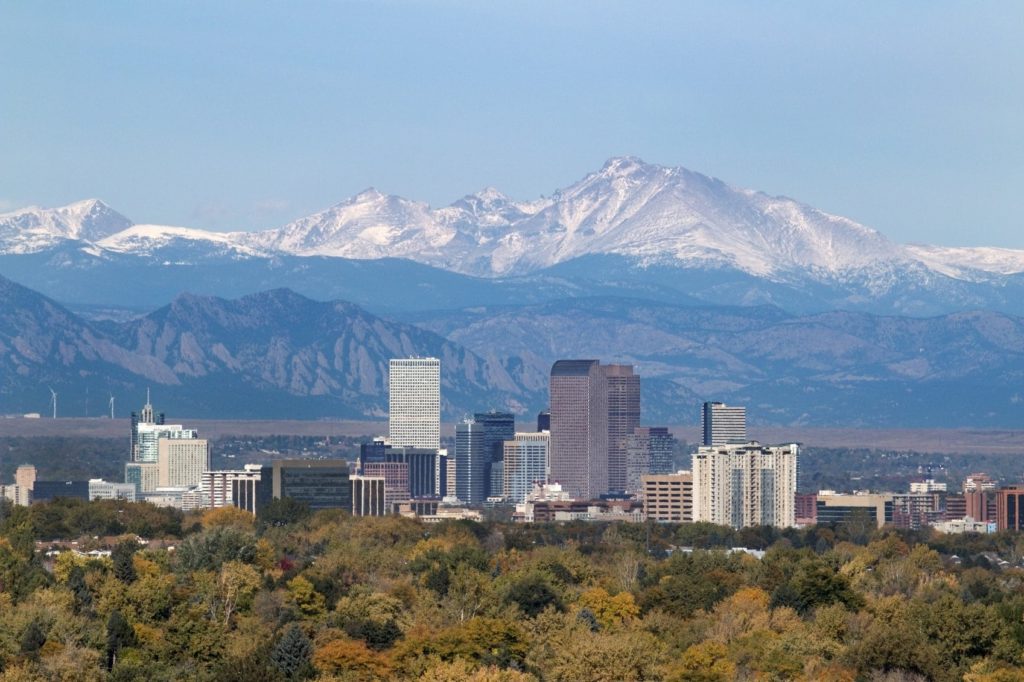When Vincent Van Gogh painted “Starry Night” in 1889, he did not consider it a masterpiece, certainly not the third most famous painting in world history, although Internet searches have given it that distinction (behind only DaVinci’s Mona Lisa and Last Supper). In fact, Van Gogh didn’t even think it was very good, as he confided in a letter to his brother Theo at the time. “The only things I consider a little good in it are… and the rest says nothing to me.”
My mother and aunt have been painting for many years. They both make exquisite pictures, then immediately criticize their work and find faults nobody else sees, such perfectionists they have become. It is a common trait among all craftsmen. It is not uniquely American but is certainly a common characteristic that we are a self-critical people, constantly fearing the worst, criticizing ourselves, worrying about the future, and almost never praising our accomplishments.
Think about America’s environmental successes. The record is not perfect, obviously, and much remains to be done. Acknowledging that reality requires no courage, because everyone already believes it. Yet it is also true that Americans have done more to clean up and improve their environment than any people who ever lived. That is especially true of the 50-year program to stop polluting the air.

Brown clouds in Denver, Los Angeles and many other cities were legendary when EPA developed the first air quality standards in 1970. Today the brown clouds are rare and intermittent, largely because of automobile improvements. Old cars were pollution machines, but science, engineering, regulation, and public demand brought cars that emit almost nothing. Electronic ignition, fuel injection, catalytic converters, and reformulated gasoline changed everything. The goal was to exhaust only carbon dioxide and water vapor, generally considered natural and harmless. Air quality improved dramatically. But rather than expressing pride in this astonishing achievement, environmental groups and federal regulators instead demanded regulation of carbon dioxide, shifting the objective to something other than clear air.

Sadly, the battle seems more important than the war, because the battle itself brings money and power. Even Aldo Leopold once said, “We shall never achieve harmony with land, any more than we shall achieve absolute justice or liberty for people. In these higher aspirations, the important thing is not to achieve but to strive.”
I admire Aldo Leopold, but the important thing, in fact, is to achieve. When we do so, we ought to be proud of it, look for ways to duplicate that success, and emulate those who achieved it. We don’t do that. We insist that it is not good enough.
Thus, the war against cars has never let up, despite the improved performance. Americans drive twelve times more miles than they did in 1970. Yet according to EPA, vehicle emissions went from almost 5 grams of the regulated pollutants (lead, carbon monoxide, sulphur dioxide, nitrogen oxides, ozone, and particulates) per mile, to almost zero by 2013. Today’s
new cars, SUVs, pickups, heavy trucks, and buses are almost 99 percent cleaner for those pollutants than vehicles made in 1970. Yet California, Colorado, and others are still moving to ban cars with internal combustion engines. Whatever the motivation, it is not about clean air.
Neither is the proposed ban on gas stoves and furnaces. At least 77 cities in 10 states have now banned gas appliances in new construction, despite the fact that natural gas also burns cleaner than ever before. American Gas Association figures show that emissions from natural gas distribution systems have dropped 69 percent since 1990.
Coal-powered electric generation is also far cleaner today. EPA air quality data demonstrates that modern coal plants, and older plants retrofitted with current technology, have dramatically lowered carbon emissions, while still providing 30 percent of America’s electricity. Sulphur dioxide and nitrogen oxide emissions from coal-fired plants declined 84 percent between 1990 and 2015. Yet the war on coal continues unabated.
So, if we switch cars, homes, and everything else to electric, where will that energy come from? The answer is fossil fuels, still the source of 60 percent of all electricity. Switching from gas cars to electric cars simply means switching the power source, from oil to coal and natural gas.
Be proud that we are still the world’s most mobile and prosperous people, while also breathing cleaner air. There is a place for self-criticism, but this isn’t it. The successful fight against air pollution should be studied, taught, and admired as the masterpiece it is.




Comments on this entry are closed.